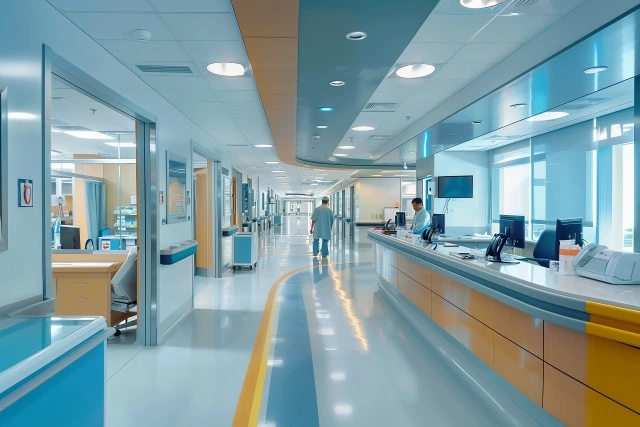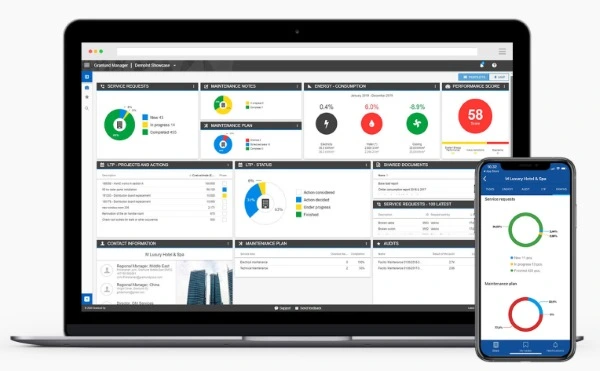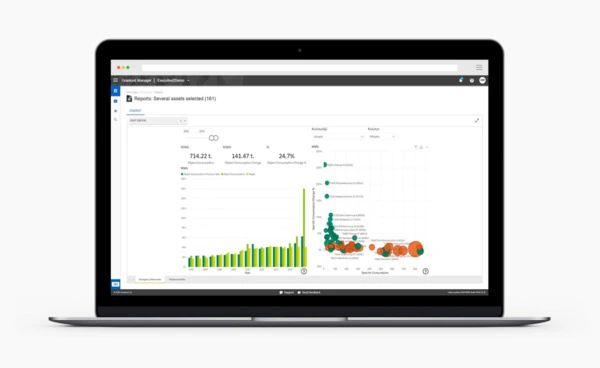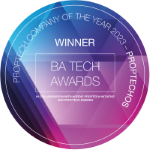Healthcare facilities management (HFM) is a critical and complex field that plays a pivotal role in ensuring that healthcare environments are safe, efficient, and conducive to facilitating high-quality patient care. As the backbone of healthcare institutions, HFM integrates a range of disciplines to manage the physical workspace, healthcare services, and technological infrastructures.
What is healthcare facilities management (HFM)?
HFM is a crucial sector that ensures the optimal functioning of a healthcare facility. It involves a broad array of services and responsibilities, all designed to support the core mission of any healthcare institution: delivering high-quality patient care. HFM professionals manage everything from the physical building infrastructure to the intricate systems required to maintain health services.
Definition and scope of HFM
To achieve optimal delivery of healthcare services, HFM is a dedicated field for managing the environments, resources, and people necessary to administer care. It encompasses the management of hospital buildings, outpatient clinics, nursing homes, and other medical facilities with a focus on safety, efficiency, and compliance.
The role of HFM is dynamic and continuously evolving, reflecting changes in healthcare delivery, regulatory landscapes, and technological advancements. An HFM department’s scope of work can include:
- Infrastructure Management: This includes the maintenance and lifecycle management of physical structures and premises, like ensuring that electrical systems, plumbing, and roofing are well-maintained and fully operational. Many of these tasks can be streamlined with building automation systems.
- Environmental Services: Ensuring clean, sanitary, and well-maintained environments for both patients and staff. This involves waste management, cleaning, pest control, and laundry services. It can also include meeting requirements outlined in environmental certifications like ESG Green Buildings.
- Safety and Compliance: Adhering to strict regulatory requirements and standards such as those set by the Joint Commission on Accreditation of Healthcare Organizations (JCAHO) and the Occupational Safety and Health Administration (OSHA). This also includes managing documentation and ensuring facilities are prepared for inspections at any time.
- Technology Integration: Incorporating advanced technologies to improve facility operations. This may include electronic health records (EHRs), automated patient tracking systems, and energy management solutions.
- Energy Management: Implementing sustainability practices and overseeing energy consumption to reduce costs and environmental impact.
- Security Management: Providing a safe and secure environment through the management of physical security measures such as surveillance systems, access controls, and emergency response protocols.
Stay informed on proptech and Healthcare Facilities Management!
Get expert insights, best practices, and updates that help you ensure safe, efficient, and patient-focused healthcare environments.
Core functions of healthcare facilities management
With a wide range of core functions, HFM ensures the smooth and efficient operation of healthcare facilities. These functions ensure not only the stability and functionality of the physical environment but also support the primary mission of healthcare institutions: delivering excellent patient care in a safe and conducive environment.
Day-to-day operations
The day-to-day operations of an HFM team include:
- Maintenance of Facilities: Regular and preventative maintenance of hospital buildings and medical equipment can prevent breakdowns and ensure longevity. This includes everything from HVAC systems and elevators to life-support machines and diagnostic equipment.
- Utilities Management: Efficient management of water, gas, and electrical systems to ensure uninterrupted service. This includes monitoring system performance, optimizing usage, and implementing repairs and upgrades.
- Housekeeping Services: Ensuring that all areas are hygienic and sterile to prevent infections and promote a healthy environment for patients and staff. This involves routine cleaning and sanitization of patient rooms, operating theaters, and common areas.
- Space Management: Allocating and reconfiguring space based on space management best practices to meet the changing needs of the facility, such as expanding departments, adding new services, or creating more patient-centric spaces.
Compliance and certification
Healthcare regulations require compliance or facilities risk facing massive penalties. There are also a wide range of certifications required to protect patient and staff safety and ensure legal and ethical standards are met. Here’s a quick overview of how HFM can help healthcare facilities meet regulatory requirements:
- Regulatory Compliance: Adhering to healthcare laws and regulations, which may vary by region and type of facility. This includes meeting standards set by bodies like the Centers for Medicare & Medicaid Services (CMS).
- Accreditation Management: Obtaining and maintaining accreditation from relevant authorities, such as the International Organization for Standardization (ISO) 11.020.10 for healthcare facilities. It outlines standards for everything from training to organization management.
- Safety Inspections: Regular safety checks and drills to ensure that all emergency systems, such as fire alarms and sprinklers, are working correctly. This also includes training staff on emergency procedures and maintaining clear evacuation routes and safety signage.
- Documentation and Records: Keeping detailed records of all compliance activities, inspections, and maintenance work. This documentation is crucial for both regulatory compliance and for analyzing operational effectiveness over time.
Enhancing patient and staff safety
Effective safety measures not only comply with regulatory standards but also foster a therapeutic environment conducive to recovery and efficient healthcare delivery.
Environmental control systems
Environmental control systems are crucial in maintaining a safe and comfortable atmosphere within healthcare facilities. The most important systems in HFM include:
- HVAC Systems: Proper HVAC management is essential in controlling air quality and preventing the spread of airborne diseases. Healthcare facilities have specialized needs such as maintaining specific temperature and humidity levels that support optimal medical care and patient comfort.
- Lighting: Adequate and appropriate lighting is crucial not only for the performance of medical tasks but also for patient comfort and safety. Smart lighting systems can adjust the intensity and color based on time of day or specific requirements of a room or ward.
- Water Systems: Managing water systems to prevent legionella and other pathogens is critical. Regular testing and treatment of water sources ensure that these systems do not become a health hazard.
Emergency preparedness
Emergency preparedness is another critical aspect of healthcare facilities management, encompassing everything from natural disaster readiness to handling medical emergencies and pandemics which includes:
- Emergency Protocols: Healthcare facilities must have detailed and practiced emergency protocols in place. This includes evacuation plans, emergency contact systems, and backup power supplies. Regular training and drills are crucial to ensure that when emergencies occur, responses are swift and effective.
- Backup Systems: Reliable backup systems, such as generators and uninterruptible power supplies (UPS), are essential to maintain critical operations during power outages. These systems ensure that life-saving equipment and lighting continue to operate uninterrupted.
- Pandemic Preparedness: Recent global health events have underscored the importance of being prepared for pandemics. This includes having isolation rooms, adequate supplies of personal protective equipment (PPE), and protocols for infection control and patient flow to minimize cross-contamination.
Integrating technology in healthcare facilities
Modern healthcare facilities management now heavily relies on advanced technological solutions, including the Internet of Things (IoT) and smart technologies, to streamline operations and improve outcomes. These new technologies enable:
- Real-Time Data Monitoring: ProptechOS and similar platforms facilitate the continuous monitoring of various systems within a healthcare facility. This includes HVAC, lighting, and security systems.
- Energy Efficiency: Through the integration of IoT, healthcare facilities can achieve greater energy efficiency. Smart sensors can adjust energy usage based on real-time needs, reducing waste and cutting down on utility costs.
- Enhanced Patient Experience: IoT technologies contribute to a more personalized patient experience. Adjustable lighting, temperature controls, and even multimedia systems that operate via patient input can make hospital stays more comfortable and less stressful.
- Predictive Maintenance: Predictive analytics can forecast equipment malfunctions before they occur, ensuring that all medical and facility equipment performs optimally and without unexpected downtime.
- Security and Safety Enhancements: Smart security systems integrated with IoT technology can enhance the safety of healthcare facilities. Additionally, IoT can help in tracking the location of medical equipment, staff, and patients in cases of emergency, improving overall response times.
- Compliance and Reporting: IoT platforms enable easier compliance with health and safety regulations by automating the collection and reporting of compliance data. Automated logs and reports reduce the potential for human error and ensure that the facility adheres to the latest standards and regulations.
Most popular apps for Healthcare facilities management
IoT and smart technologies: Start with ProptechOS
You can fully leverage IoT and smart technologies with ProptechOS. It unifies your facility data into a cohesive ecosystem giving you a full picture of a facility instead of piecemealed data. This gives you more useful data and drives insights that improve overall facility performance. ProptechOS also uses an open-source standard for data ontology ensuring it works with the technology of today and tomorrow. Get started with ProptechOS for free to see how unified building data can revolutionize your HFM processes.

Dr. Erik Wallin
Chief Ecosystem Officer, and founder of ProptechOS and RealEstateCore is recognized as a leader in Building Operating Systems (BOS) and making the buildings of the world smarter. He holds an MSc and a Ph.D. in Media and Computer Science from KTH Royal Institute of Technology.
Read his full bio and information here.









